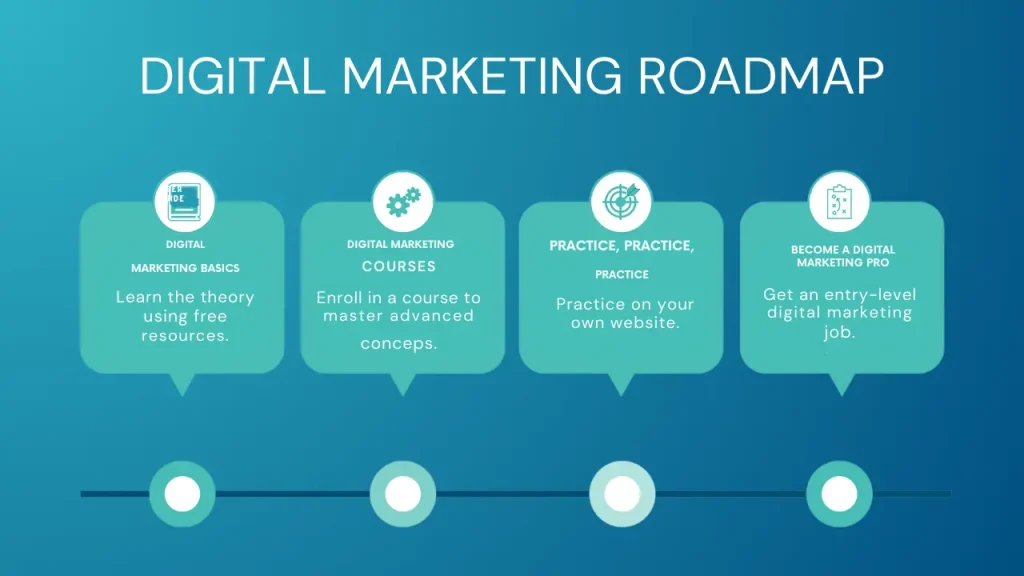In the age of conscious consumerism, sustainability has become more than a trend — it’s an expectation. People want to support brands that care about the planet, use ethical production methods, and reduce their environmental footprint. However, with the growing demand for “green” products, some companies have started making misleading or exaggerated claims to appear more eco-friendly than they actually are. This deceptive practice is called greenwashing.
iBirds Digital, we believe that marketing should be built on trust and transparency. Our aim is to help businesses understand not just how to promote themselves, but how to do it honestly and ethically. In this article, we’ll explore what greenwashing is, why it happens, how to identify it, and what businesses can do to avoid it — all while building genuine customer loyalty.
What Is Greenwashing?
Greenwashing is a marketing tactic where a company presents itself as more environmentally responsible than it truly is. This could mean overstating eco-friendly benefits, hiding harmful practices, or using vague and unverified claims like “all-natural” or “eco-conscious” without providing proof.
The term combines “green” (environmental) and “whitewashing” (covering up wrongdoing). In other words, it’s a way of covering up harmful practices with a false layer of sustainability.
For example, a brand might advertise that their packaging is recyclable, but neglect to mention that the actual recycling process is so rare or difficult that the majority of the packaging still ends up in landfills.
Why Do Companies Engage in Greenwashing?
The main reason is consumer demand. Surveys consistently show that customers prefer eco-friendly brands and are willing to pay more for sustainable products. Businesses see this as an opportunity to boost sales — but instead of making genuine operational changes, some choose the faster route of simply marketing themselves as green.
Other reasons include:
- Competitive pressure — Companies may feel they need to appear sustainable to keep up with rivals.
- Brand image — Sustainability improves public perception and helps companies attract a loyal customer base.
- Cost savings — True eco-friendly operations often require investment; misleading claims cost less in the short term.
Common Examples of Greenwashing
Recognizing greenwashing starts with knowing the common tactics companies use. Some examples include:
1. Vague Language
Terms like “eco-friendly,” “natural,” or “green” sound appealing but are often used without any measurable criteria or certification.
2. Hidden Trade-offs
A company might highlight one eco-friendly aspect while ignoring a bigger environmental issue. For example, clothing brands using “organic cotton” but relying on factories with high carbon emissions.
3. Misleading Visuals
Images of leaves, trees, or green colors on packaging can create an eco-friendly perception without any actual sustainability measures.
4. False Certifications
Some brands invent their own “green” logos to look like legitimate third-party certifications.
5. Irrelevant Claims
A company might boast “CFC-free” even though CFCs have been banned for decades.
The Impact of Greenwashing on Consumers
Greenwashing doesn’t just harm the environment — it damages trust. When consumers discover a brand has exaggerated or faked its sustainability, the backlash can be severe. This can lead to:
- Loss of customer loyalty
- Negative publicity on social media
- Regulatory fines in some regions
- A damaged brand reputation that can take years to repair
At iBirds Digital, we’ve seen how difficult it can be for brands to recover from public distrust. The long-term costs of greenwashing often far outweigh any short-term gains.
How to Identify Greenwashing
Both consumers and businesses need to know the signs of greenwashing. Some ways to identify it include:
- Check for proof — Are there credible third-party certifications?
- Look for specifics — Are the claims measurable, like “made with 70% recycled plastic,” or are they vague?
- Investigate the company’s overall record — Do their supply chains, labor practices, and production methods align with their green claims?
- Watch for selective disclosure — Are they hiding more damaging aspects of their business?
How Businesses Can Avoid Greenwashing
If you’re a business owner, avoiding greenwashing isn’t just about ethics — it’s about building a brand that lasts. Here are some practical steps:
1. Be Transparent
Share both your successes and your areas for improvement. Customers appreciate honesty.
2. Use Verified Certifications
Work with recognized environmental standards such as FSC, Fair Trade, or Energy Star.
3. Focus on Real Change
Make tangible operational improvements before marketing your sustainability.
4. Educate Your Audience
Explain why your practices are sustainable and how they make a difference.
5. Work With Ethical Marketing Experts
At iBirds Digital, we help brands develop communication strategies that reflect their true environmental efforts without misleading consumers.
The Role of Regulations in Preventing Greenwashing
Governments in several countries are introducing stricter guidelines for environmental claims in advertising. These regulations require brands to provide evidence for eco-friendly statements and penalize false claims.
Sustainable Marketing Done Right
Sustainable marketing is about aligning your values with your business operations. Instead of trying to “look” green, focus on actually “being” green. This means integrating eco-friendly practices at every stage — from sourcing materials to packaging to distribution.
The result? Not only do you meet consumer expectations, but you also contribute to real environmental progress. At iBirds Digital, our approach to sustainable marketing emphasizes authenticity, data-backed claims, and storytelling that reflects the brand’s true journey.
Conclusion
Greenwashing might seem like a shortcut to winning over eco-conscious customers, but it’s a strategy that can backfire badly. Today’s consumers are informed, skeptical, and quick to call out misleading claims.
For brands, the safest — and smartest — path is to embrace genuine sustainability and communicate it honestly. Whether you’re just starting your green journey or refining your approach, the key is to prioritize transparency and authenticity.
If you’re looking for guidance on creating ethical, sustainable, and effective marketing strategies, visit iBirds Digital to explore our expert insights and resources.
FAQs
1. What is the meaning of greenwashing in marketing?
Greenwashing is when a brand makes misleading claims to appear more eco-friendly than it really is.
2. Why is greenwashing harmful?
It misleads consumers, damages trust, and can slow down genuine environmental progress.
3. How can I tell if a company is greenwashing?
Look for specific, verifiable claims and check if they are backed by credible certifications.
4. Can greenwashing lead to legal trouble?
Yes, in some countries false environmental claims can lead to fines and legal penalties.5. How can businesses avoid greenwashing?
By being transparent, making real operational changes, and only promoting claims they can prove.








